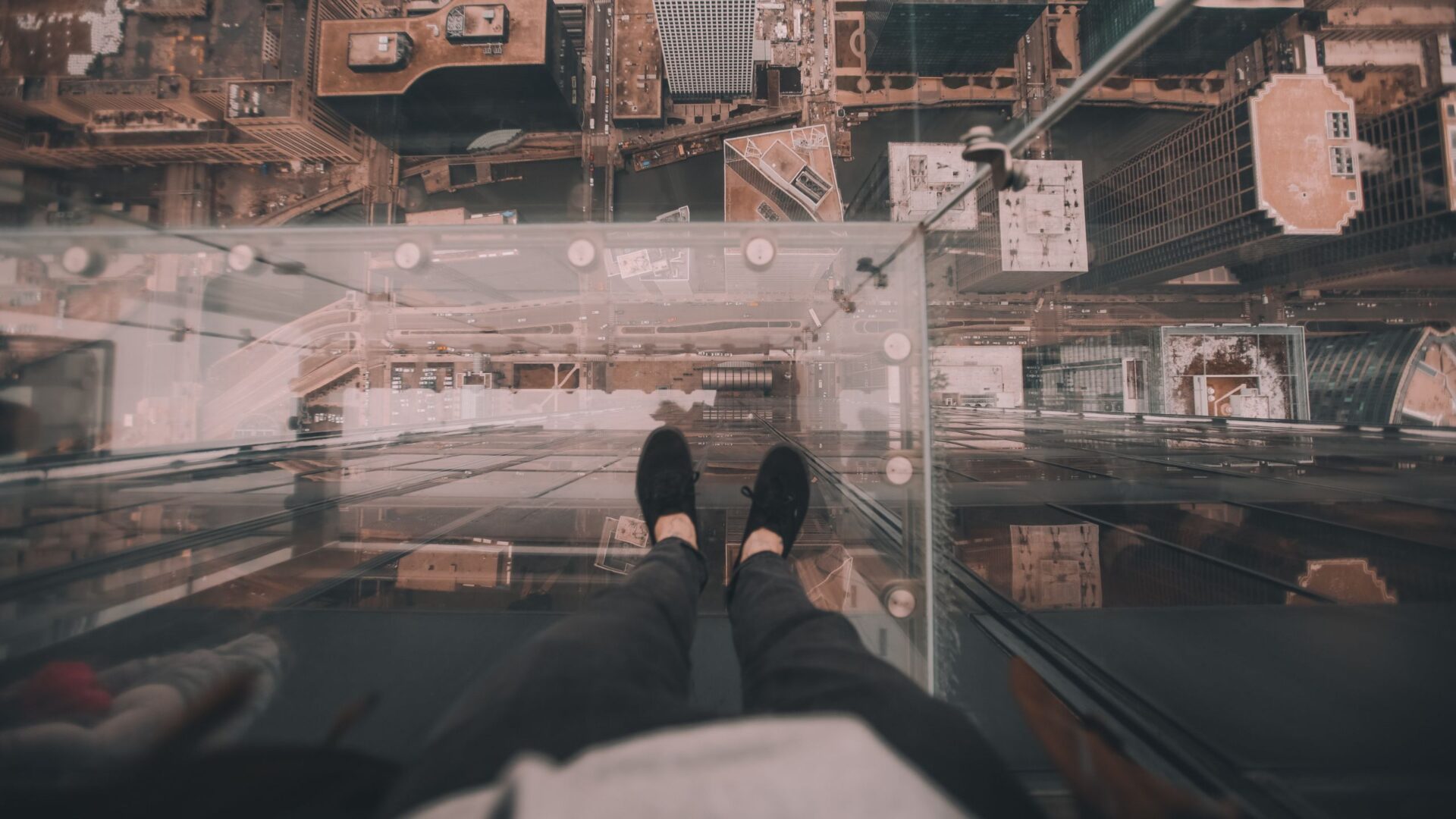Fear: Navigating the Spectrum from Reverence to Phobia
Fear of the Soul:
Fear, a primal emotion hardwired into the human psyche, unveils a multifaceted spectrum that ranges from respectful awe of the unknown to paralyzing phobias that shroud daily life in dread. Rooted in the intricate layers of human psychology, the exploration of fear uncovers a dichotomy between rational apprehension and irrational terror. This comprehensive medical article delves deeper into the intricate relationship between fear as reverence and fear as phobia, tracing the origins of phobias to childhood experiences through the insightful lens of psychoanalysis. The journey encompasses the real-life experiences of notable figures, shedding light on the complexities of human fear.
Fear as Reverence and Respect:
This emotion called fear, when harnessed as reverence and respect, emerges as a primal instinct that has played a pivotal role in human survival throughout evolution. This form of fear, a testament to the wisdom of the ages, entails a deep-seated respect for potentially hazardous elements in the environment. It is an instinctual recognition of the power of forces beyond human control—a recognition that has guided humanity in cautious interaction with the natural world.
From a psychoanalytic standpoint, this form of fear underscores the adaptive nature of the ego. It acts as a protective mechanism, a sentinel of survival that prompts heightened vigilance in the face of potential threats. The roots of this adaptive fear are embedded in early childhood experiences, laying the groundwork for the development of a robust defense mechanism against danger.
Fear as Phobia:
Yet, the canvas of fear is not confined to reverence alone. Fear can transform into a formidable phobia, a psychological labyrinth that imprisons individuals in irrational dread. Phobias, characterized by persistent and exaggerated fears of specific objects, situations, or activities, often disrupt daily life and engender distress.
Psychoanalysis, championed by Sigmund Freud, delves into the cryptic origins of phobias. Freud’s revolutionary insights into the Oedipus complex illuminate how unresolved childhood conflicts can precipitate the transference of anxieties onto external triggers. Consider a person who develops a crippling phobia of water—an unconscious association may exist between the phobia and a traumatic childhood experience linked to water, resulting in an uncontrolled displacement of anxiety.
The Role of Childhood Experiences:
Childhood experiences wield remarkable influence in the genesis of phobias. Traumatic events during formative years imprint indelible marks on the psyche, shaping emotional responses that persist into adulthood. These memories, though buried in the depths of consciousness, linger as silent architects of phobic reactions.
Classical conditioning further underscores the relationship between childhood experiences and phobias. A singular negative encounter with an object or situation during early years can evoke a conditioned fear response. Imagine a child who suffered a distressing encounter with a dog—a subsequent phobia of dogs may stem from this associative conditioning.
Real-Life Encounters with Fear:
Famous figures often provide illuminating glimpses into the intricacies of human fear. Michael Jackson, a musical icon, grappled with a profound fear of his own appearance. Plagued by body dysmorphia, Jackson’s relentless quest for physical perfection became an agonizing phobia that led to multiple cosmetic surgeries. His journey exemplifies the far-reaching impact of phobias on even the most celebrated individuals.
Similarly, Alfred Hitchcock, the master of suspense, battled a crippling fear of eggs. This seemingly innocuous phobia, stemming from a childhood incident, serves as a reminder of the intricate web that connects early experiences to lifelong emotional responses.
Conclusion:
Fear, as both reverence and phobia, weaves a complex tapestry within the human experience. While reverence fuels wise caution and prudent decisions, phobias disrupt lives and unearth the complex imprints of childhood experiences. The profound insights of psychoanalysis enable us to navigate this intricate landscape, illuminating the pathways that lead from respectful fear to irrational dread. Real-life encounters with fear, as exemplified by figures like Michael Jackson and Alfred Hitchcock, serve as poignant reminders of the pervasive impact of fear on human lives. As we continue to explore the depths of human psychology, the understanding of fear remains a beacon guiding us toward effective interventions and treatments that restore balance to the intricate interplay between reverence and phobia.



